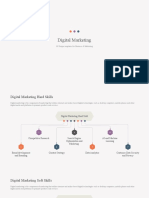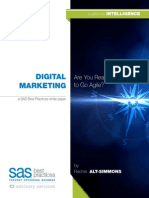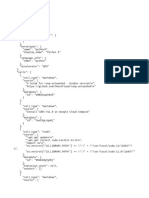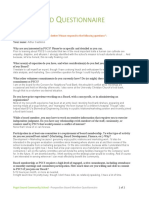0% found this document useful (0 votes)
25 views51 pagesChap 2 Digital Data & Data-Driven Marketing
Chapter 2 discusses digital data and data-driven marketing, emphasizing the evolution from traditional to data-driven marketing practices. It covers the significance of digital devices, data collection methods, and the types of data utilized in marketing strategies, including structured and unstructured data. Additionally, it highlights the role of AI and Big Data in enhancing marketing automation, personalization, and customer engagement.
Uploaded by
hoanglongjsc325Copyright
© © All Rights Reserved
We take content rights seriously. If you suspect this is your content, claim it here.
Available Formats
Download as PDF, TXT or read online on Scribd
0% found this document useful (0 votes)
25 views51 pagesChap 2 Digital Data & Data-Driven Marketing
Chapter 2 discusses digital data and data-driven marketing, emphasizing the evolution from traditional to data-driven marketing practices. It covers the significance of digital devices, data collection methods, and the types of data utilized in marketing strategies, including structured and unstructured data. Additionally, it highlights the role of AI and Big Data in enhancing marketing automation, personalization, and customer engagement.
Uploaded by
hoanglongjsc325Copyright
© © All Rights Reserved
We take content rights seriously. If you suspect this is your content, claim it here.
Available Formats
Download as PDF, TXT or read online on Scribd
/ 51
























































































